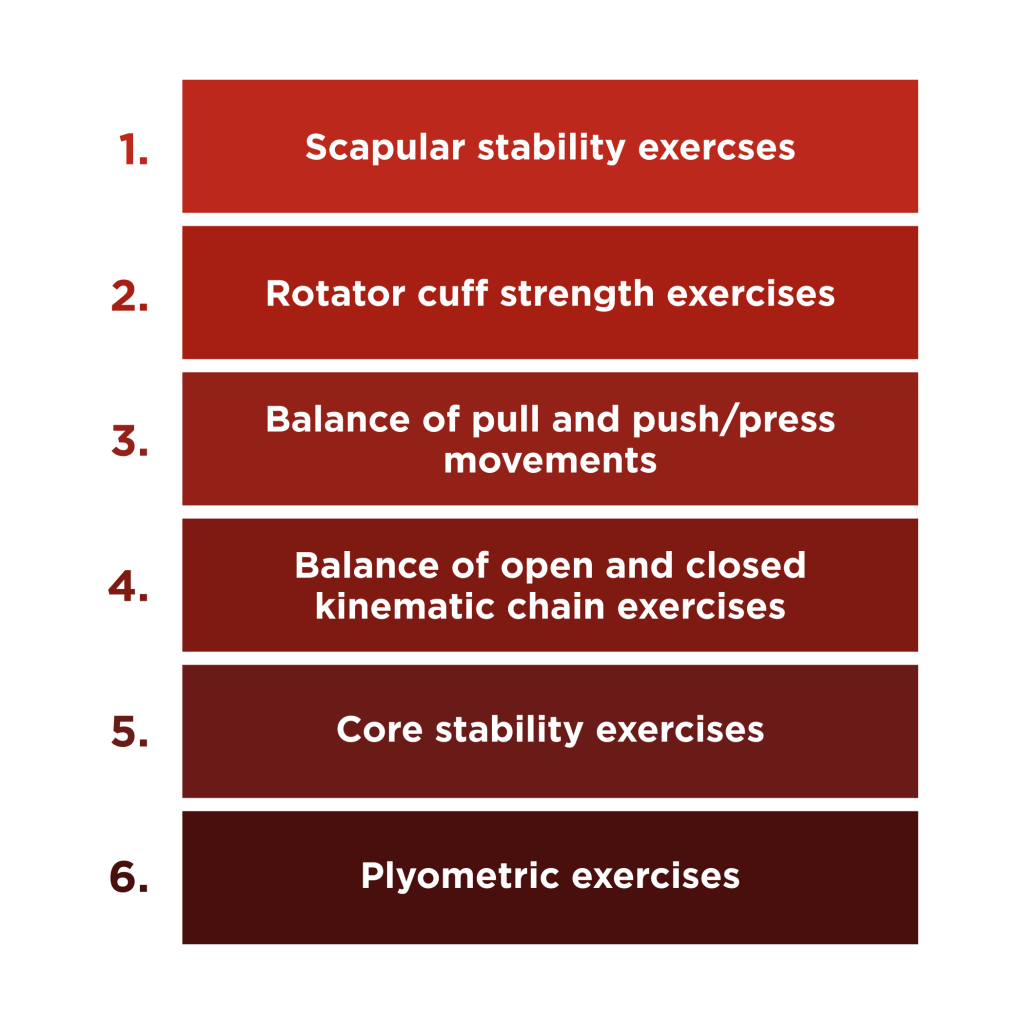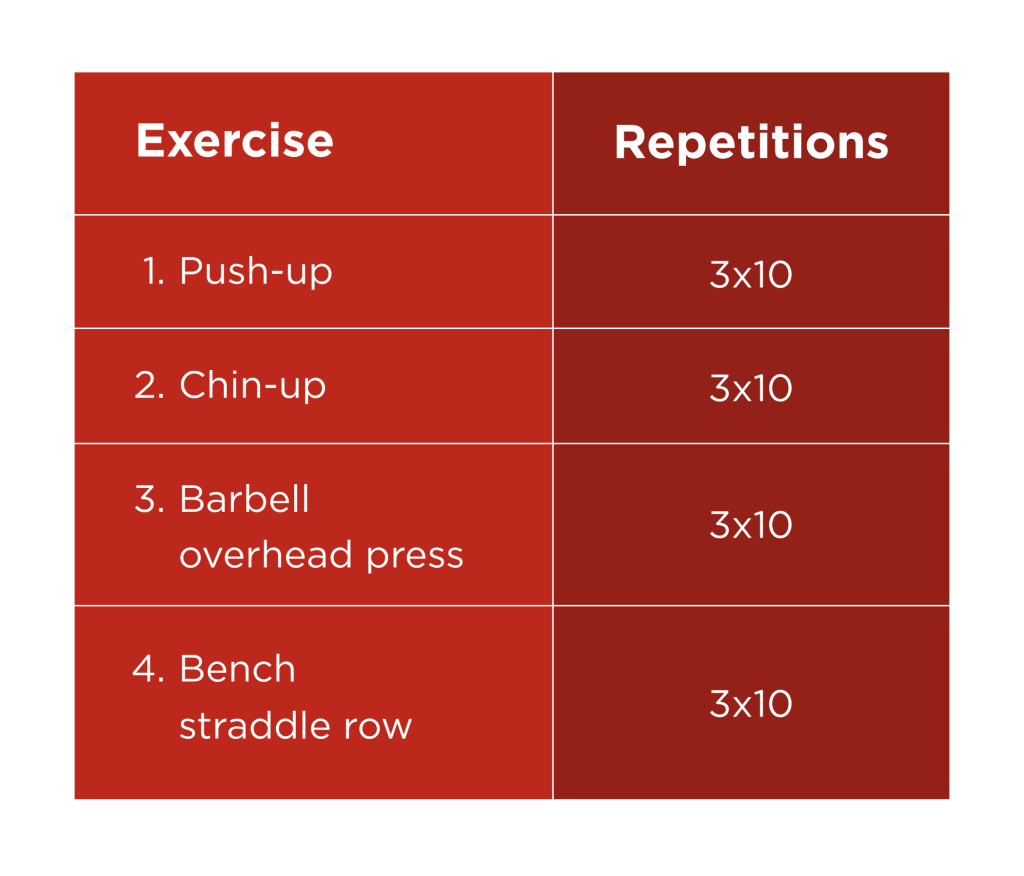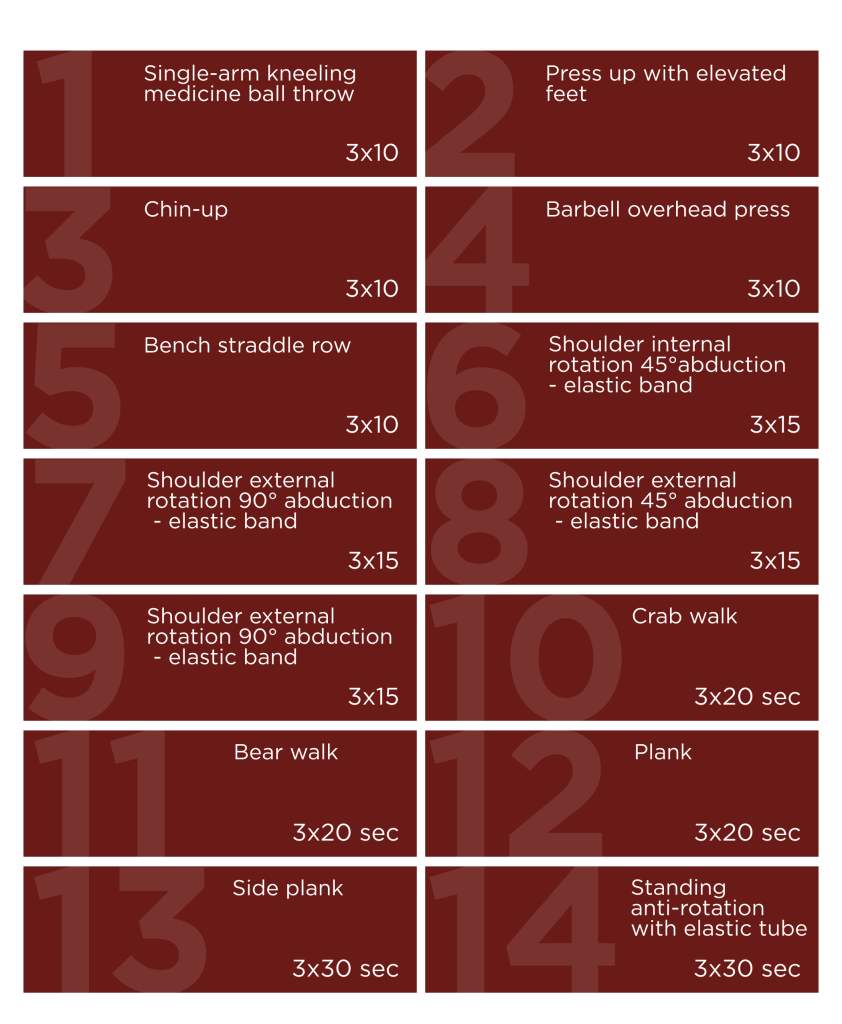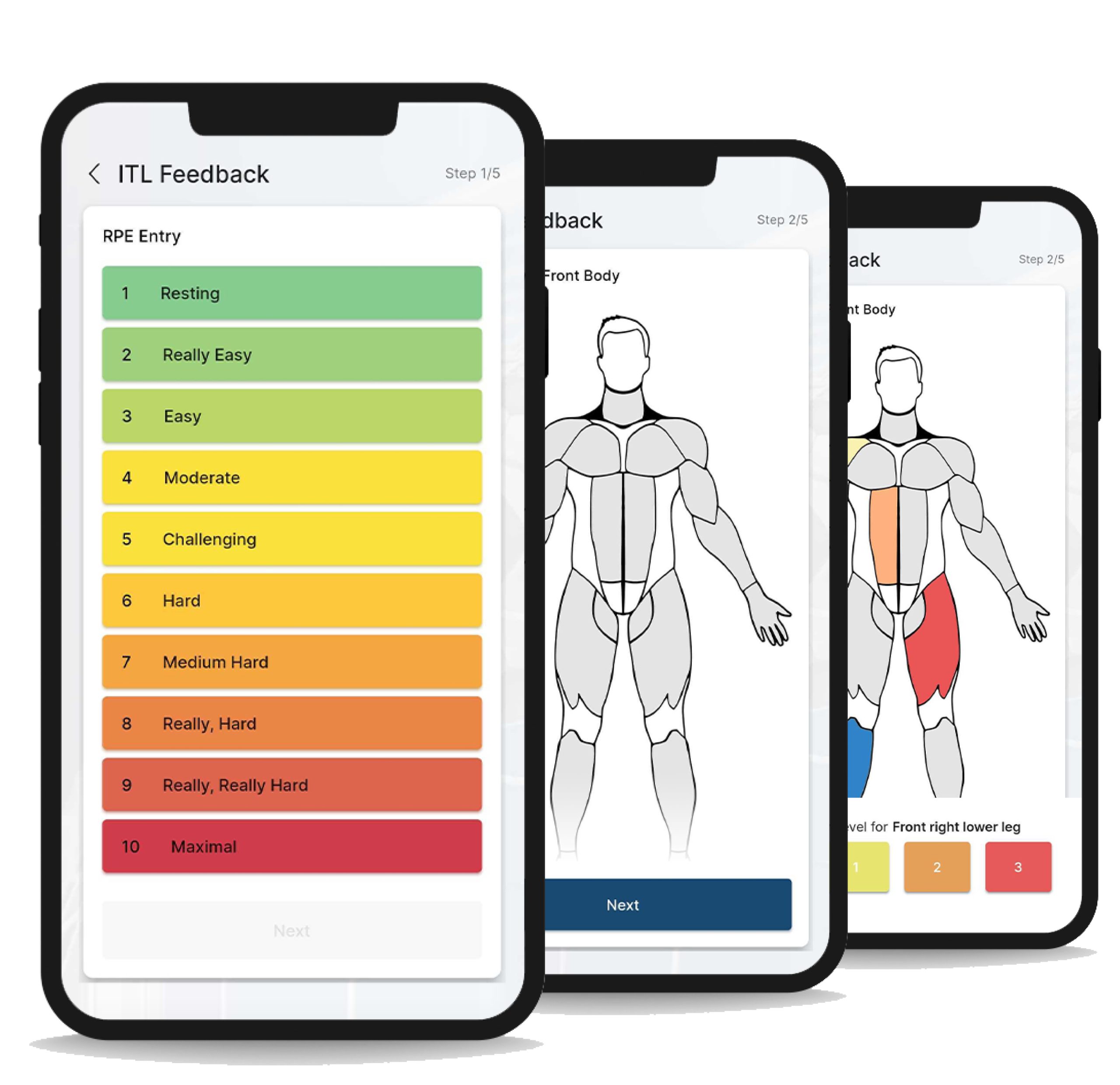In recent years, shoulder injuries have become an increasing health problem for soccer players and athletes in general. In soccer, numerous researchers have noted that goalkeepers are more susceptible to upper limb injuries than other field players [1].
Understanding the Scope of Shoulder Injuries in Soccer
On average, elite soccer players experience 1.5 to 7.6 injuries per 1,000 hours of training and 12 to 35 injuries per 1,000 hours of matches. The most common site of injury is the lower limb (67.7%), followed by the upper limb (13.4%).
The percentage of shoulder injuries during Athens 2004 and Euro 2004 was 3.8% and 4.4%, respectively. Junge et al. reported shoulder injuries ranging from 2% to 13% during the four years from 1998 to 2001 in international tournaments. FIFA collected data during the Japan/Korea World Cup (2002) and the Germany World Cup (2006), revealing higher percentages of upper extremity injuries. One-third of shoulder injuries (28%) sustained by professional soccer players are severe, leading to a cessation of participation in training and games for ≥ 28 days.
The majority of severe soccer shoulder injuries affect the glenoid labrum (84%), while a smaller number involve labral injuries with associated rotator cuff damage (8%). A minority (8%) are isolated rotator cuff injuries. There is a constant debate about constructing exercise programs for shoulder injury prevention, but most experts agree on the following principles:

Strength Training Strategies for Shoulder Injury Prevention
Leading coaches in the world of strength and conditioning, such as Dan John and Mike Boyle, even propose simple overall body strength standards [2] such as:
Bench = Front Squat = Clean
Or
Bench = Split Squat = Clean = Chin-up
I must say I love this standard. I tried it out on myself, as well as my clients, and it has proven very beneficial. Let’s talk a bit more about the details regarding this concept.
A pull movement can be vertical (chin-up) or horizontal (rowing), while the push/press can be overhead or horizontal (bench press).
According to Boyle, a well-designed upper body program should have a set of pulling exercises for every set of pushing exercises.
Designing an Effective Shoulder Injury Prevention Program
We can all agree that most programs that are not systematic overemphasize pushing movements, especially horizontal push/press, for three obvious reasons – NO.1, for most men, the pecs are “mirror muscles” and make them look attractive; NO.2, you don’t need any equipment to do a push-up, and NO.3, most people can do several push-ups, while most can’t do even one proper pull-up.
After you test the athlete using the mentioned strength standard (Bench = split squat = clean = chin-up), you will give the client a preventative exercise program. One example of a good upper body strength program would be:

This seems like a good strength program; however, would you say this is enough to prevent shoulder injuries in soccer? Probably not. You can notice that we haven’t fulfilled all of the principles of the shoulder injury prevention program. We have a good balance of push/press and pull exercises, as well as a good balance of open and closed kinetic chain exercises, but we still need exercises for scapular stability and rotator cuff strength. Additionally, core stability and plyometric exercises aren’t included.
So, let’s try again.

Now, that looks more like it. Of course, this is just an example and won’t be suitable for any client because we don’t know if our client can do all of these exercises properly. That’s why exercise regressions, as well as progressions, exist, and why coaches need to differentiate a good rep from a bad one.
The FIFA 11+ Shoulder Injury Prevention Program
If by chance you don’t have access to the equipment necessary for 1RM or 5RM testing, several prevention programs have been scientifically proven to reduce shoulder injuries in sport, one of them being the FIFA 11+ Shoulder Injury Prevention Program (FIFA 11+S), and the good thing about it is that it requires very little equipment.
Generally, the launch of FIFA 11+ (a program for injury prevention in soccer) confirmed the preventive effects of the program, and its performance-improving effects in female as well as male amateur soccer players have been evaluated.
Considerable reductions in the number of injured players, ranging between 30% and 70%, have been observed among the teams that implemented the program.
It has been mainly developed to prevent lower limb injuries – until 2016, there was no specific program in the literature to prevent upper limb lesions in soccer players. To reduce upper extremity injuries, the FIFA 11+ Shoulder Injury Prevention Program (FIFA 11+S) was developed.
The study by Attar, Faude et al [3] assessed the effectiveness of the FIFA 11+S program in reducing the incidence of upper extremity injuries among amateur soccer goalkeepers. A total of 726 goalkeepers were randomly assigned to the experimental group (n = 360) or the control group (n = 366). The experimental group was instructed to perform the FIFA 11+S program before all training sessions for 1 season (6 months). The FIFA 11+S program reduced the total number of upper extremity injuries by 50%, compared with the usual warm-up.

The program consists of three parts:
- General warming-up exercises (part I)
- Exercises to develop strength and balance of the shoulder, elbow, wrist, and finger muscles (part II)
- Advanced exercises for core stability and muscle control (part III)
It takes 20–25 minutes to complete and replaces the usual warm-up before training. The exercises focus on core stability, neuromuscular control, eccentric rotator strength, and agility. Performing the exercises three times per week and adding them to the training taken by the soccer goalkeeper works well for injury reduction.
Exercises should be changed according to the tolerance of the athlete (A instead of B and C exercises). The emphasis is given to the strengthening of some muscle groups such as the shoulder rotator cuff. The external and internal concentric rotation power balance ratio must be maintained between 0.6 and 0.8. Other important muscles that should be focused on are the anterior serratus and the lower and medium trapezium to prevent scapular dyskinesia. The power of these muscles and the superior trapezium keeps the correct scapulohumeral rhythm.
Evolving Injury Prevention Strategies
There are several exercise programs for shoulder injury prevention in sports; however, I haven’t found a second one relating to soccer. Does this mean we should only use the FIFA 11+S? Of course not. However, as one S&C coach nicely put it: “It’s okay to break the rules. Just make sure you understand the rules first.” Meaning, if you’re new to making injury prevention programs, my advice to you is to follow the program minutely and coach it the best you can. Then, after a few years, when you’re ready, make your own adjustments.
References
- Ejnisman, B., Barbosa, G., Andreoli, C. V., et al. (2016). “Shoulder injuries in soccer goalkeepers: Review and development of a FIFA 11+ shoulder injury prevention program.” Open Access Journal of Sports Medicine, 7, 75-80. DOI: 10.2147/oajsm.s97917
- Boyle, M. (2016). “New Functional Training for Sports,” 2nd ed. Champaign, IL: Human Kinetics.
- Al Attar, W. S. A., Faude, O., Bizzini, M., et al. (2021). “The FIFA 11+ Shoulder Injury Prevention Program was effective in reducing upper extremity injuries among soccer goalkeepers: A randomized controlled trial.” The American Journal of Sports Medicine, 49(9), 2293-2300. DOI:10.1177/03635465211021828






